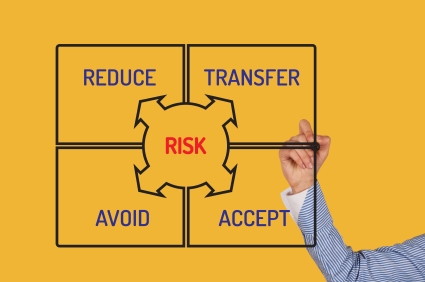 Often when we are buyers, we find someone or something we like and then work to find data (experience, accomplishments, etc.) to convince ourselves why this person or this product is something we should buy.
Often when we are buyers, we find someone or something we like and then work to find data (experience, accomplishments, etc.) to convince ourselves why this person or this product is something we should buy.
When it comes to interviewing for key candidates, Vistage speakers, Barry Deutsch and Brad Remillard, recommend we take a more structured approach to interviewing to improve our hiring success. They recommend we start the process first by clearly defining the success factors for the role and then asking the candidate to tell us stories about how they have achieved this success in the past and how they will do it for us.
It dawned on me recently that this approach works in many (most?) situations when we are buyers. After all, when we are hiring, we are buyers.
So, am I saying no gut at all? All data? No. Absolutely, there is a gut to every decision we make, and in most situations, especially when we are buyers, trust your gut for the no. If something doesn’t feel right, it probably isn’t. When hiring, it’s the behavioral questions that help us learn if a person is a cultural fit. If a person’s style, ethics or values don’t fit, it doesn’t matter if they can do the job.
When committing our time or buying a product, isn’t it really the same key question?
- What are my expectations (success factors)?
- What is the data that supports that my expectations will be met?
- Then the gut question: How does this feel?



















 The initial results of my Pivot are excellent. I feel I have much greater clarity regarding the next 3-5 years..
The initial results of my Pivot are excellent. I feel I have much greater clarity regarding the next 3-5 years..  John Yerger
John Yerger